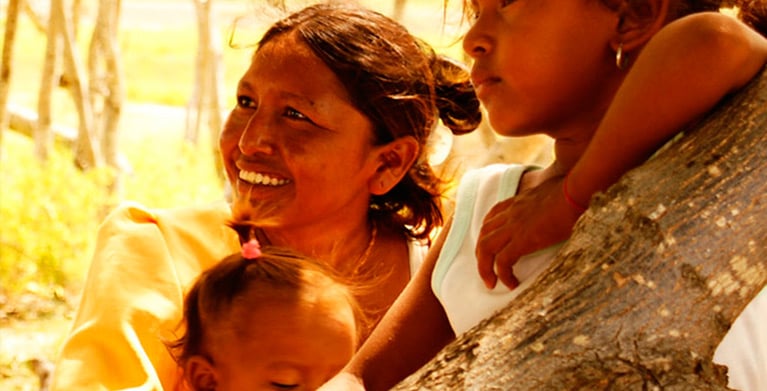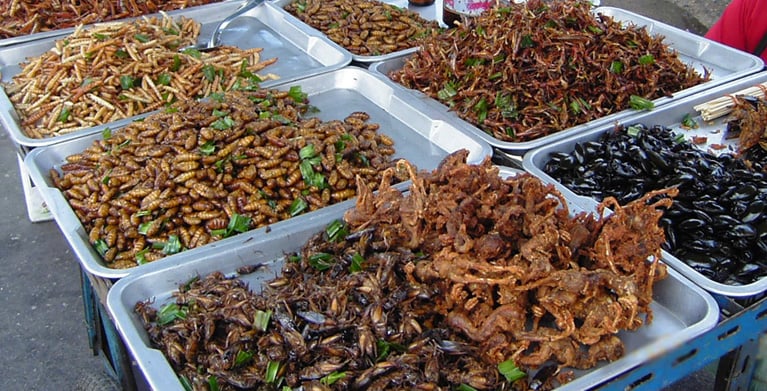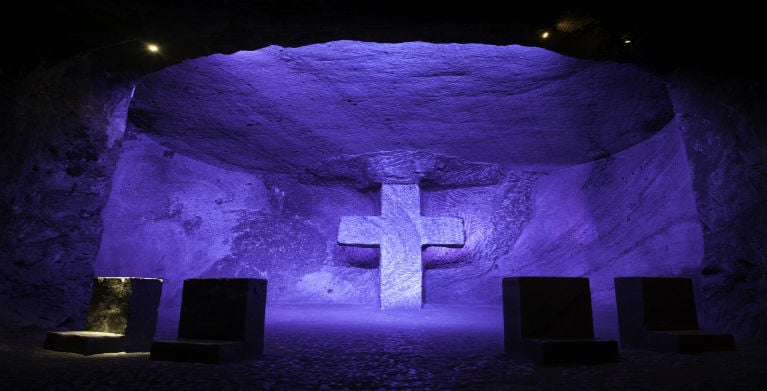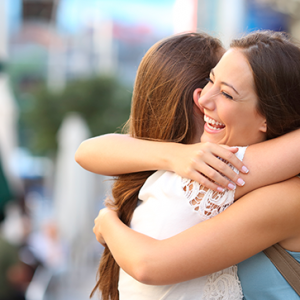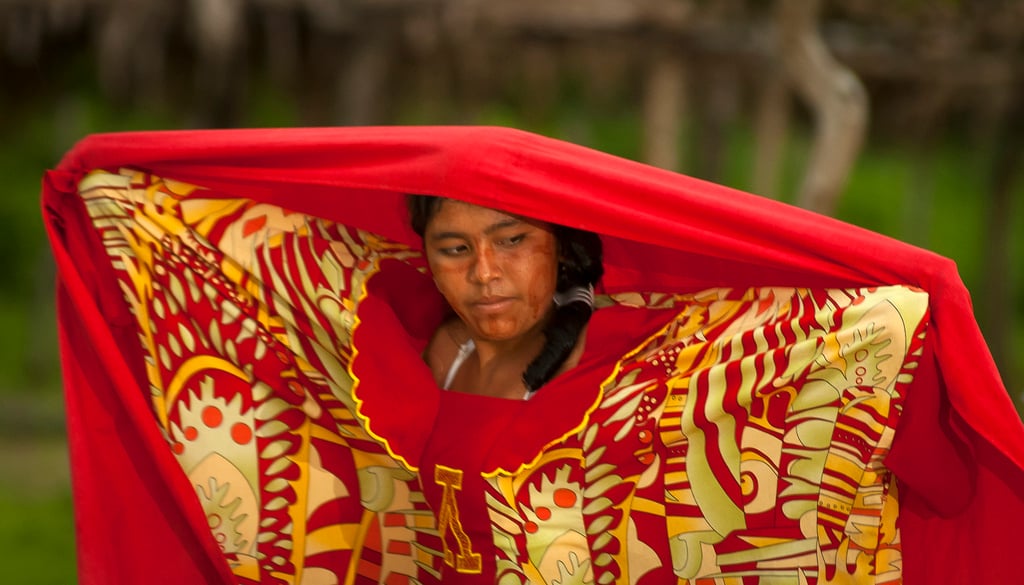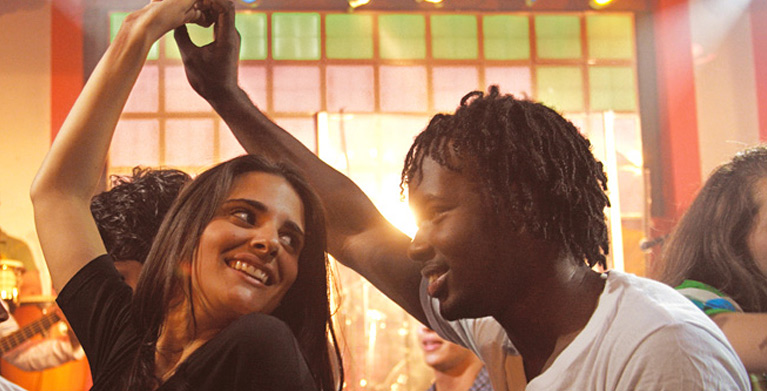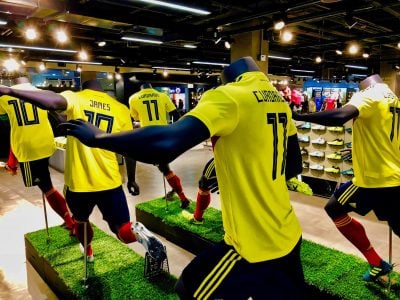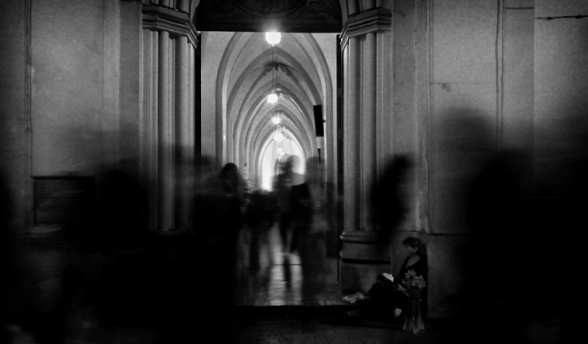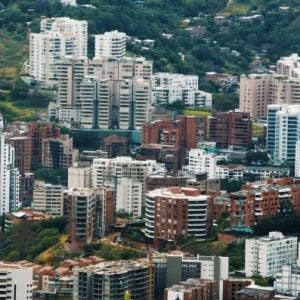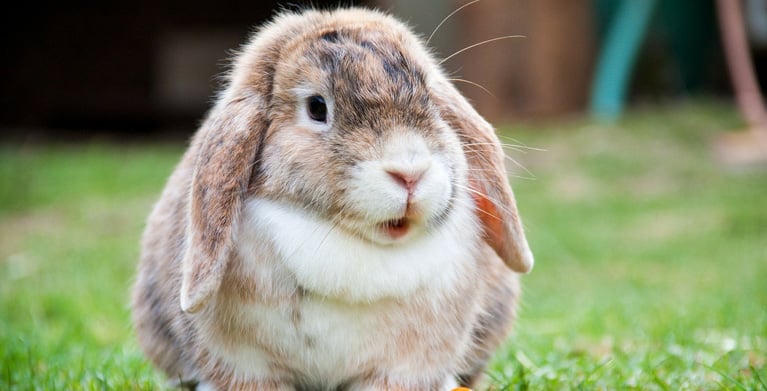afrThe miscegenation, marked since the time of La Conquista, evidences the ethnic diversity of Colombia. That is what represents Colombians: the cultural variety of its people, regions, and even its gastronomy and traditional festivals.
This is also established in the Political Constitution of 1991, proclaiming the rights of a pluralistic and free nation. The census published by DANE indicates that 10.6% of the population in Colombia is Afro-descendant, 3.4% indigenous, and 0.01% gypsy. The remaining 85% is mestizo.
The process of miscegenation in Colombia
After the Conquest, there was a mixture of three cultures in Colombia: American Indians, European (Spanish in its vast majority), and Africans. As a result, mestizos emerged (descendants of Amerindians and whites), and mulattoes (descendants of blacks and whites), and zambos (descendants of Amerindians and blacks). Arabs, Jews, and gypsies also arrived in the country in smaller proportions.
Due to the constant mix, there is a fascinating culture in Colombia embodied in the quality of its people. From the musical rhythms that rub off on anyone to the food prepared with local ingredients, Colombians feel proud of their identity and are eager to visit every corner of the country.
This is, perhaps, one of the most outstanding qualities and virtues of Colombians: a multicultural Colombia that has allowed rich social expressions that today make us stand out in the world. In this country, no one shies away from laughing or dancing at all times; on the contrary, that is a natural expression of happiness that Colombians carry in their blood.
That is why we have our parties and celebrations, such as the Blacks and Whites’ Carnival, held in San Juan de Pasto, that celebrates and honors the cultural diversity and mixture of races of Colombians.
Mestizaje classes in Colombia
- Mestizos: The term mestizo was applied to the son of a “white” “race” father and mother and an “Amerindian” “race” mother or father.
- Mulattos: Mulattos were called human beings born from the union between a white person and a black person.
- Zambos: the crossbreeding of a black person with an indigenous American person.
- Cuarterones: Cuarterones was the name given to the American born of mestizo and Spanish, or Spanish and mestizo.
Origin of the Colombian population
Amerindians, especially the Chibcha family, were the great settlers of what we now know as Colombia and the pre-Columbian legacy of the country lies in their roots. At present, out of the Amerindian tribes that inhabited our territory, about 87 indigenous populations remain, spread out in 27 departments. They carry the traditions that have lingered for generations.
The white ethnic groups that reached Colombia were predominantly Spanish, who brought the Hispanic cultural tradition to the Colombian territory. This was not the case in other Hispanic countries, such as Argentina, Uruguay, and Chile, where there was a significant migration from other parts of the Old Continent, including Germany, Italy, and England.
Afro-descendants in Colombia boast an abundant cultural tradition. Brought over by Europeans from Africa for mining works during Colonial times, this population consecrated its freedom mainly through Palenque settlements. They did not commonly mix with natives due to the forced subservience that both ethnic groups were subject to.
The result of mixing these ethnic groups is a multi-cultural setting in Colombia, or a variety of rich cultural traditions—music, gastronomy, art, parties—that combine an indigenous and African ancestral past with Spanish customs.
Colombia is a country of contrasts, an assorted cultural landscape that hides a thousand-year-old tradition of diverse peoples. Colombia’s sabrosura* lies in the lavishness of multiculturalism. Each of these cultures has distinct traditions that remain intact; from the delight of their dishes, to the music that no one can resist, and the garments and celebrations that fill Colombians with pride.
You may also be interested:
Colombian rhythms declared Cultural Heritage of the Americas

